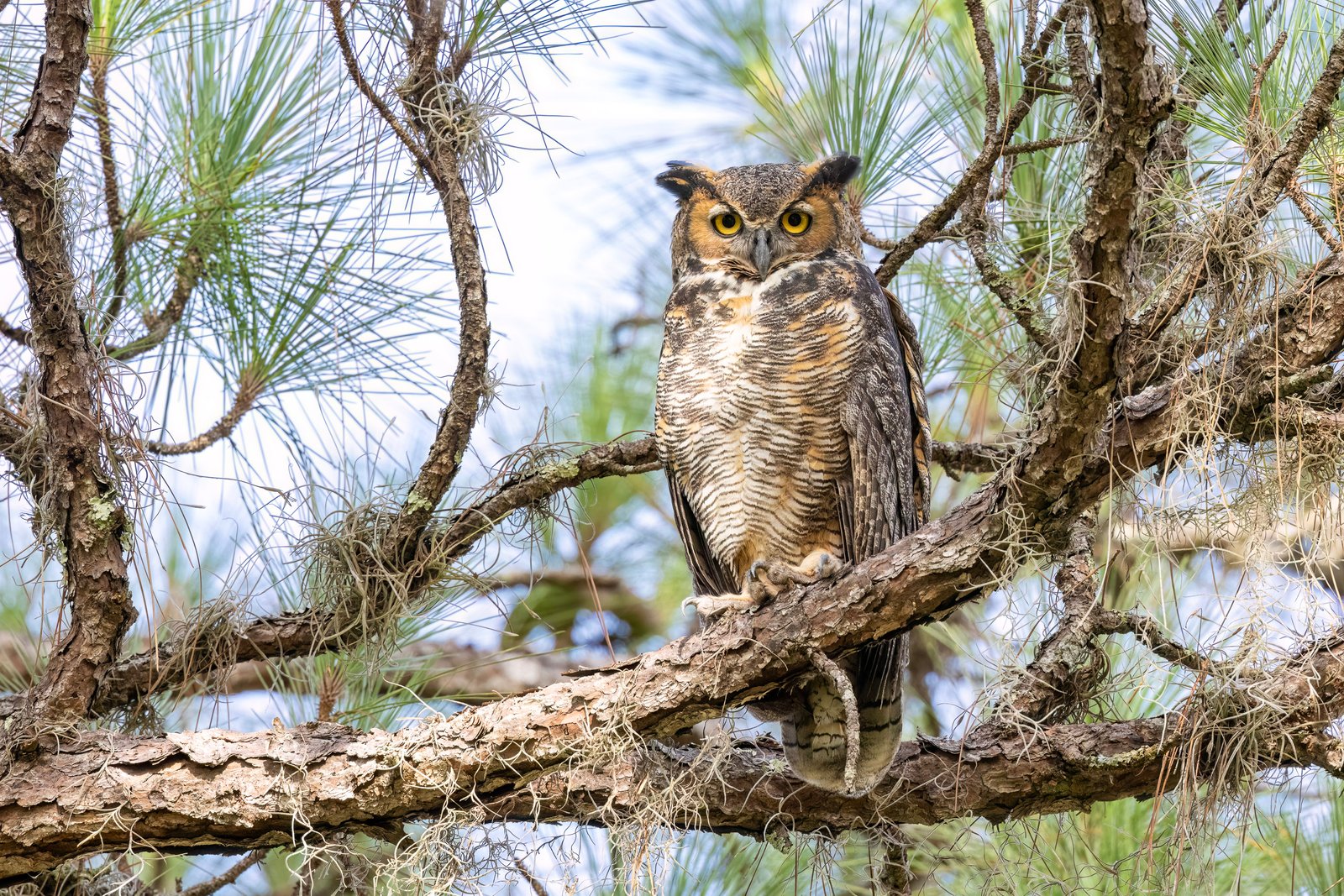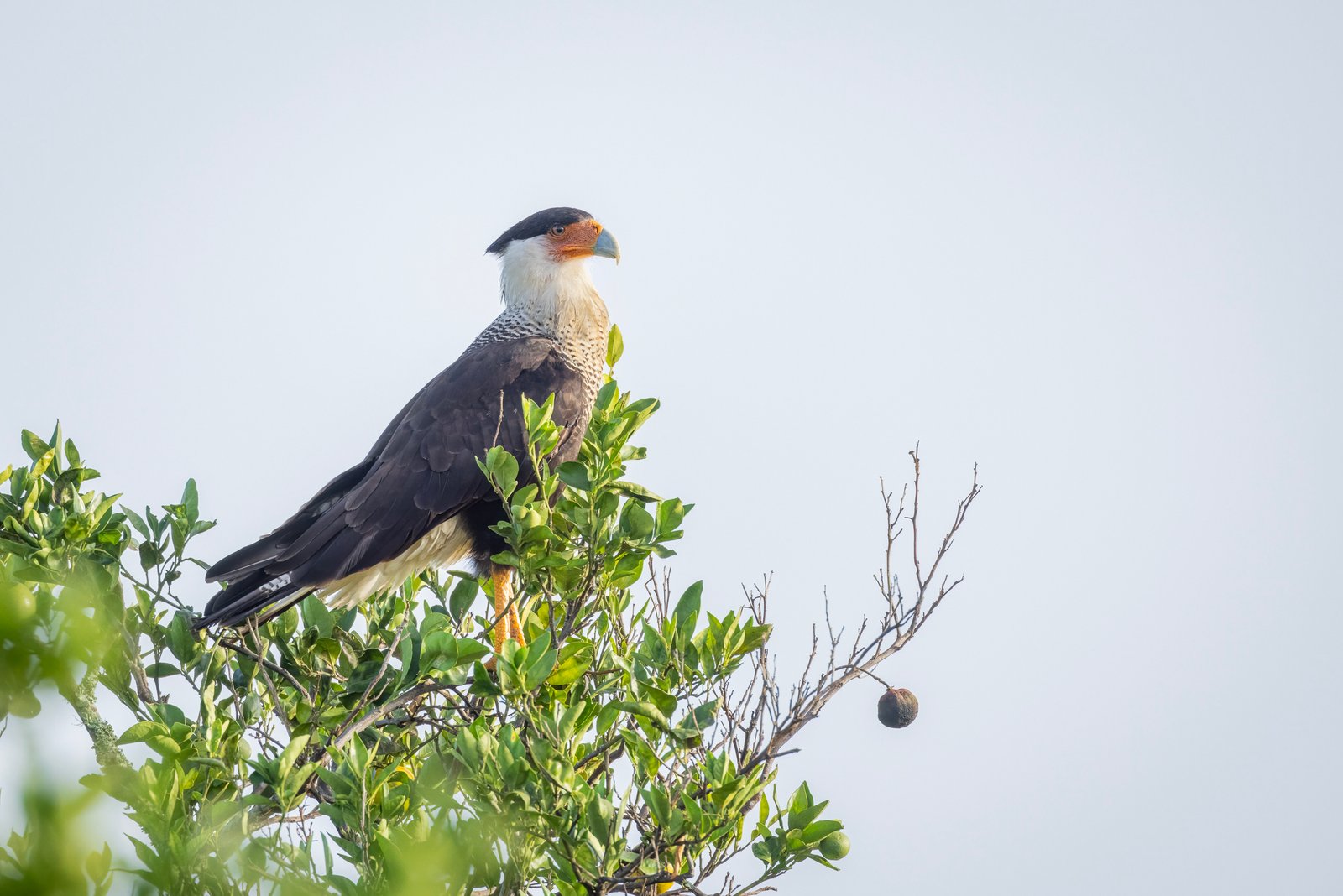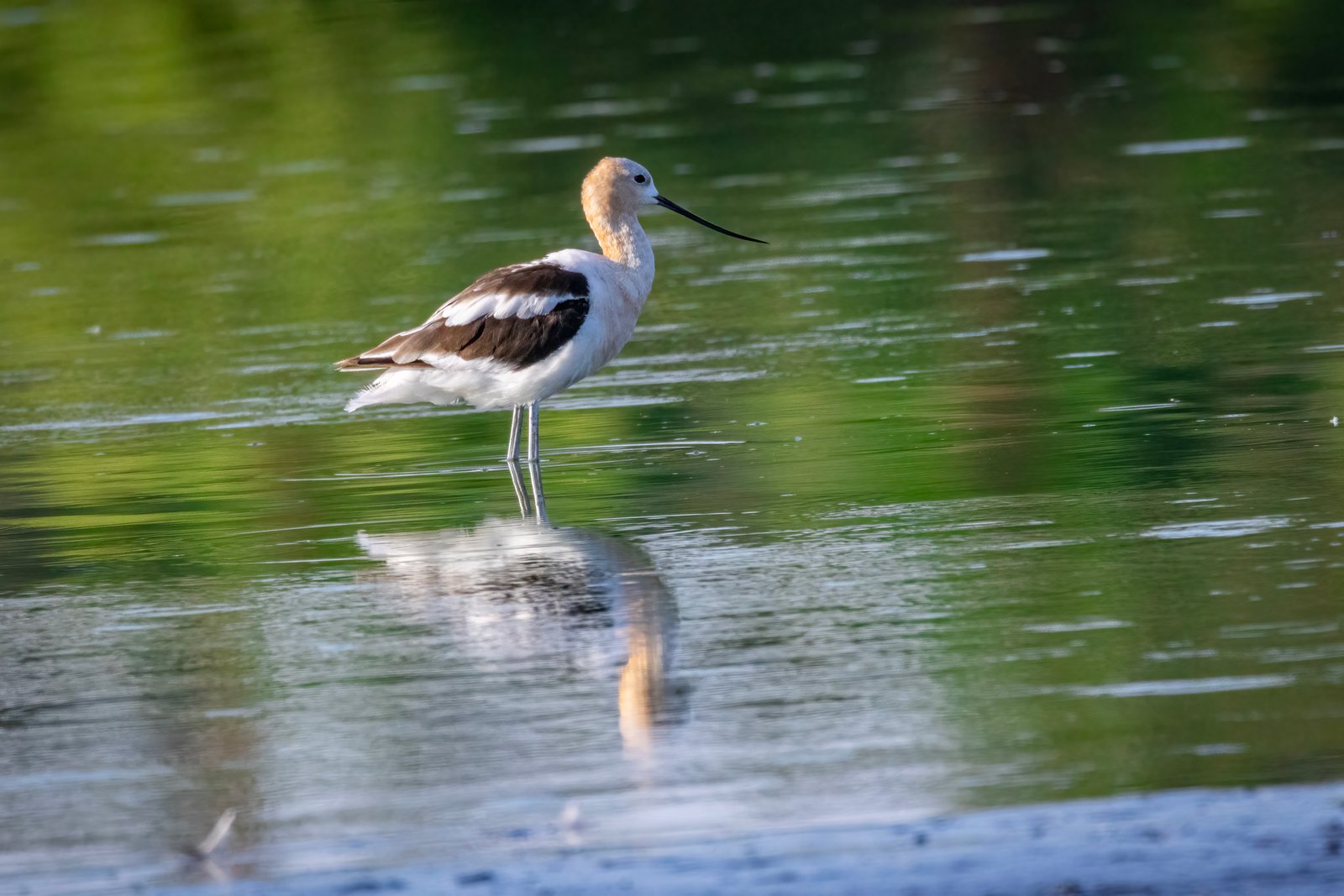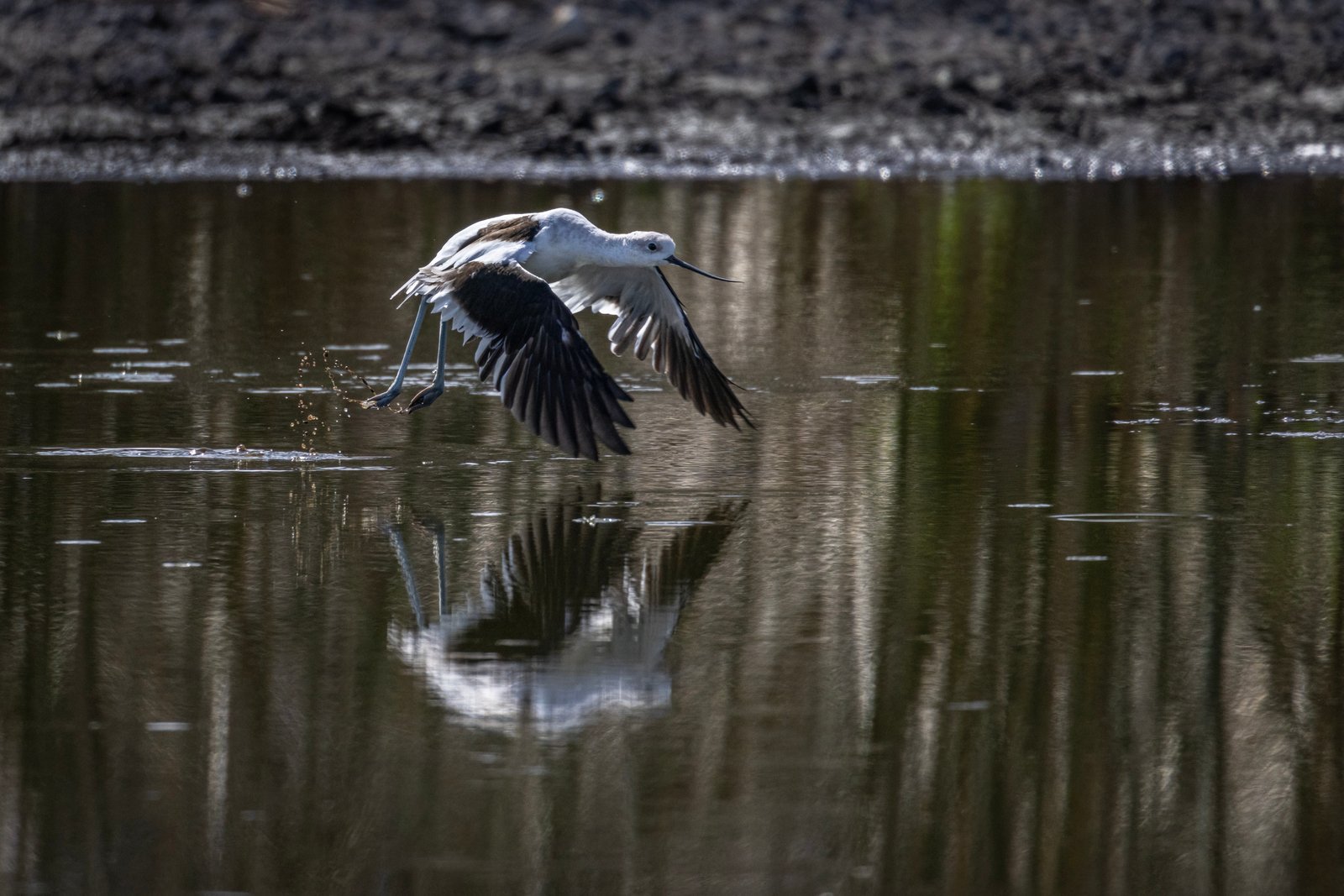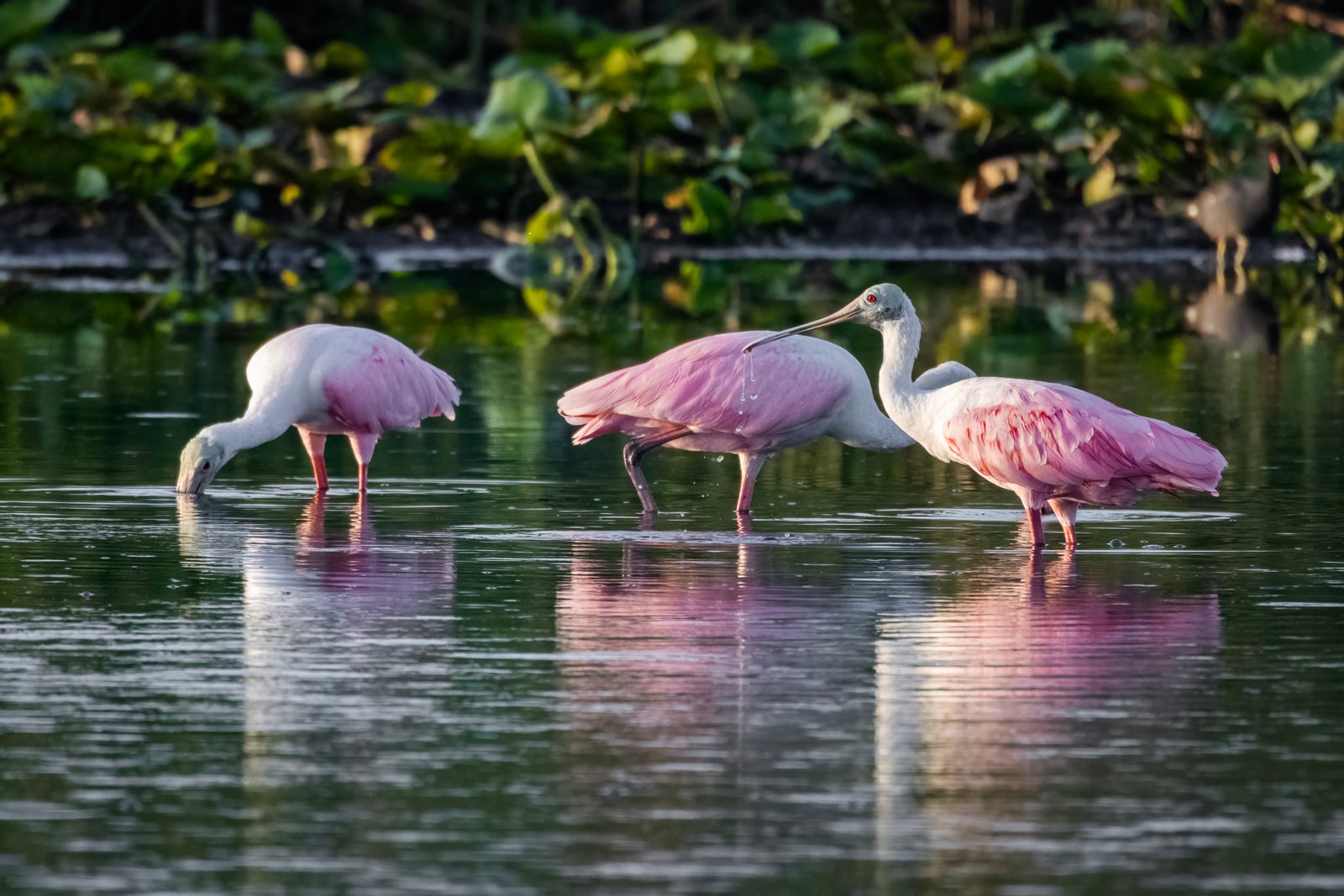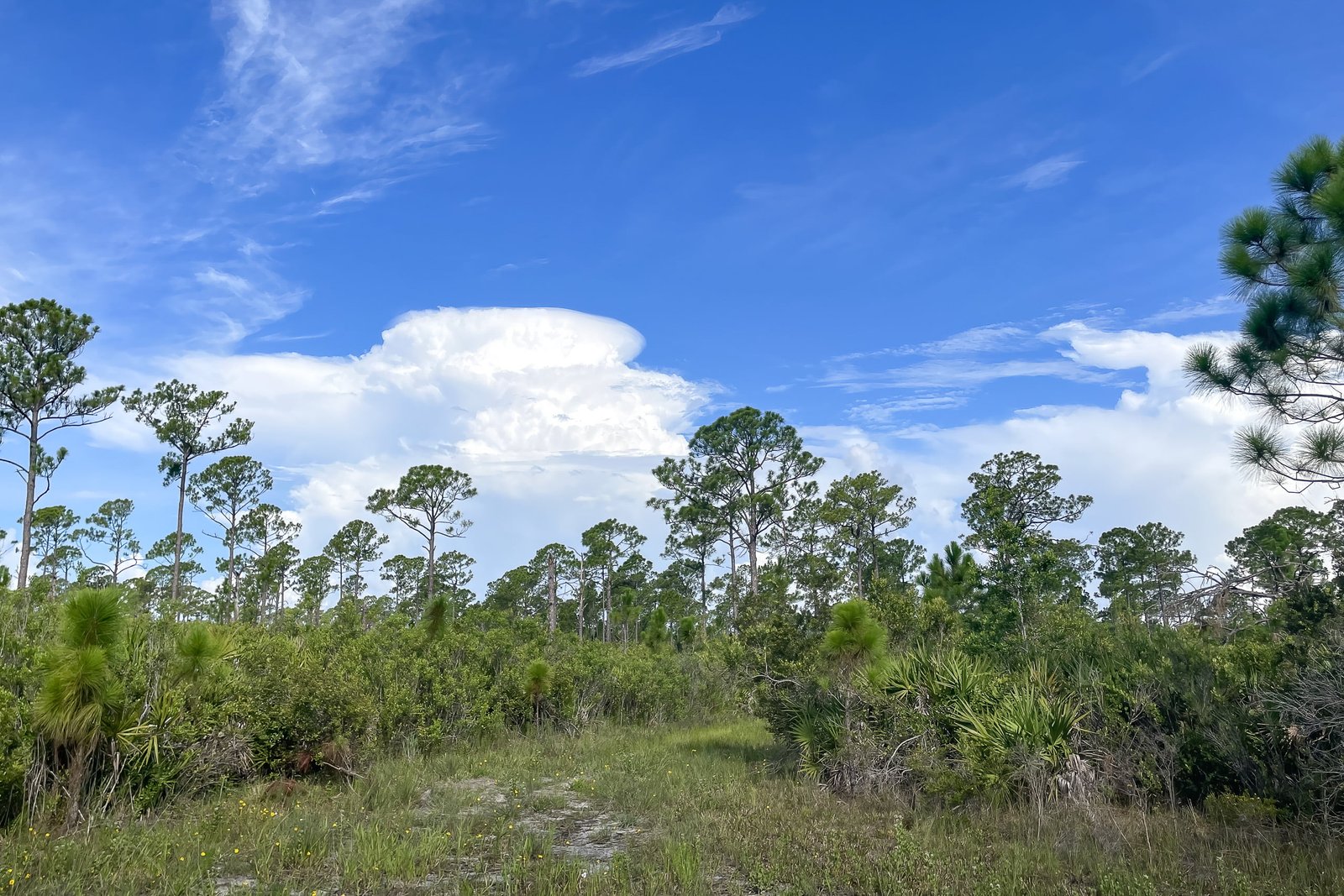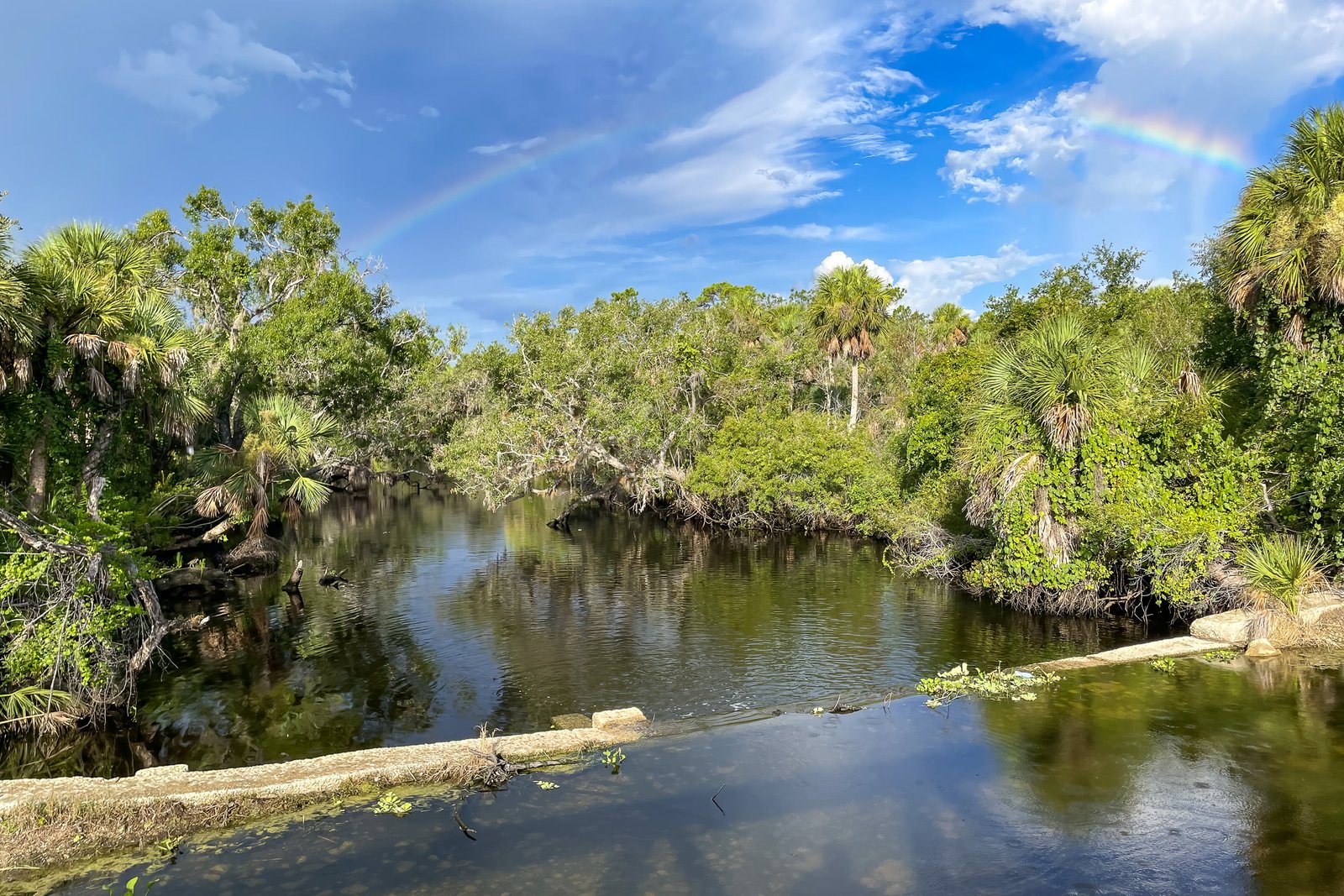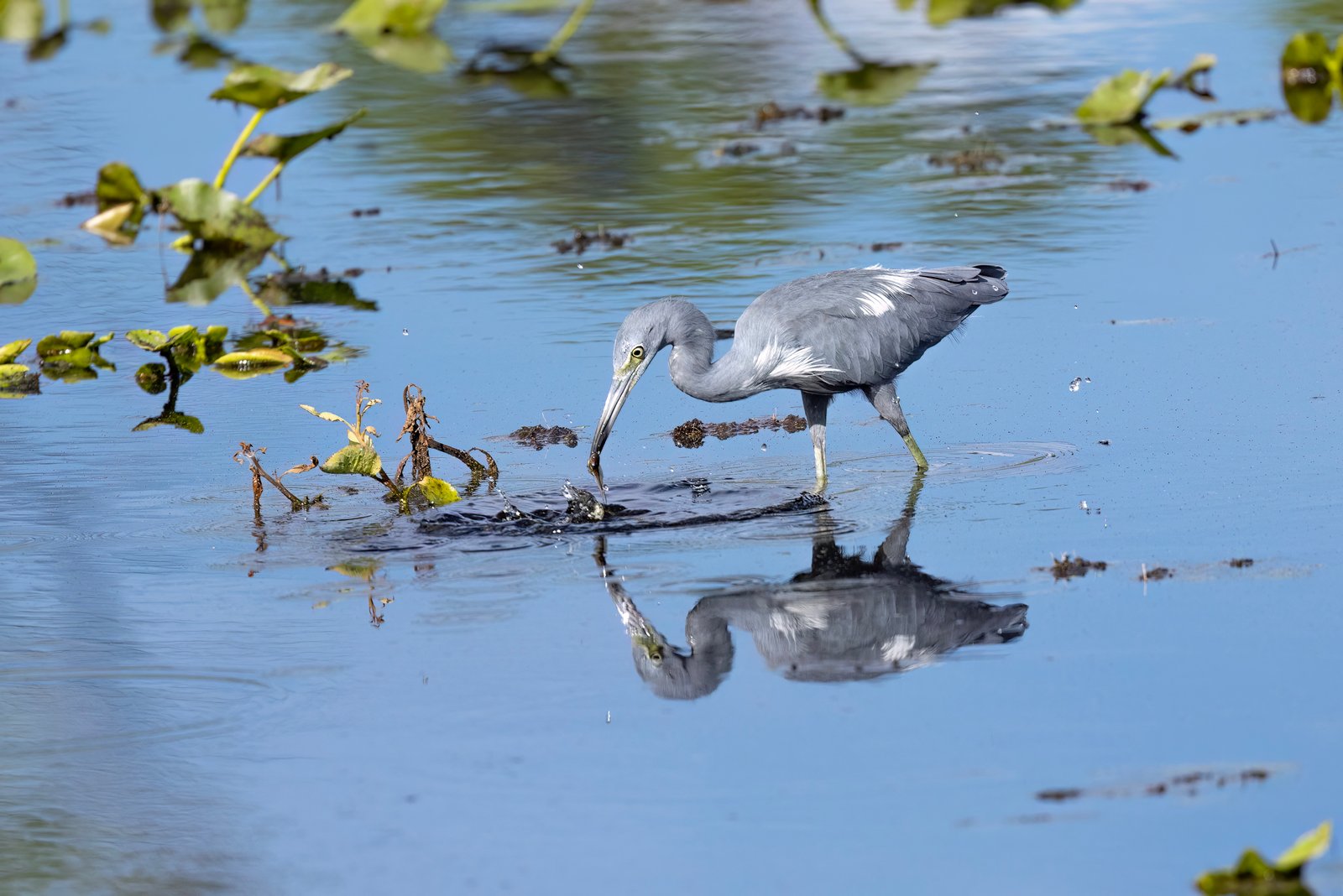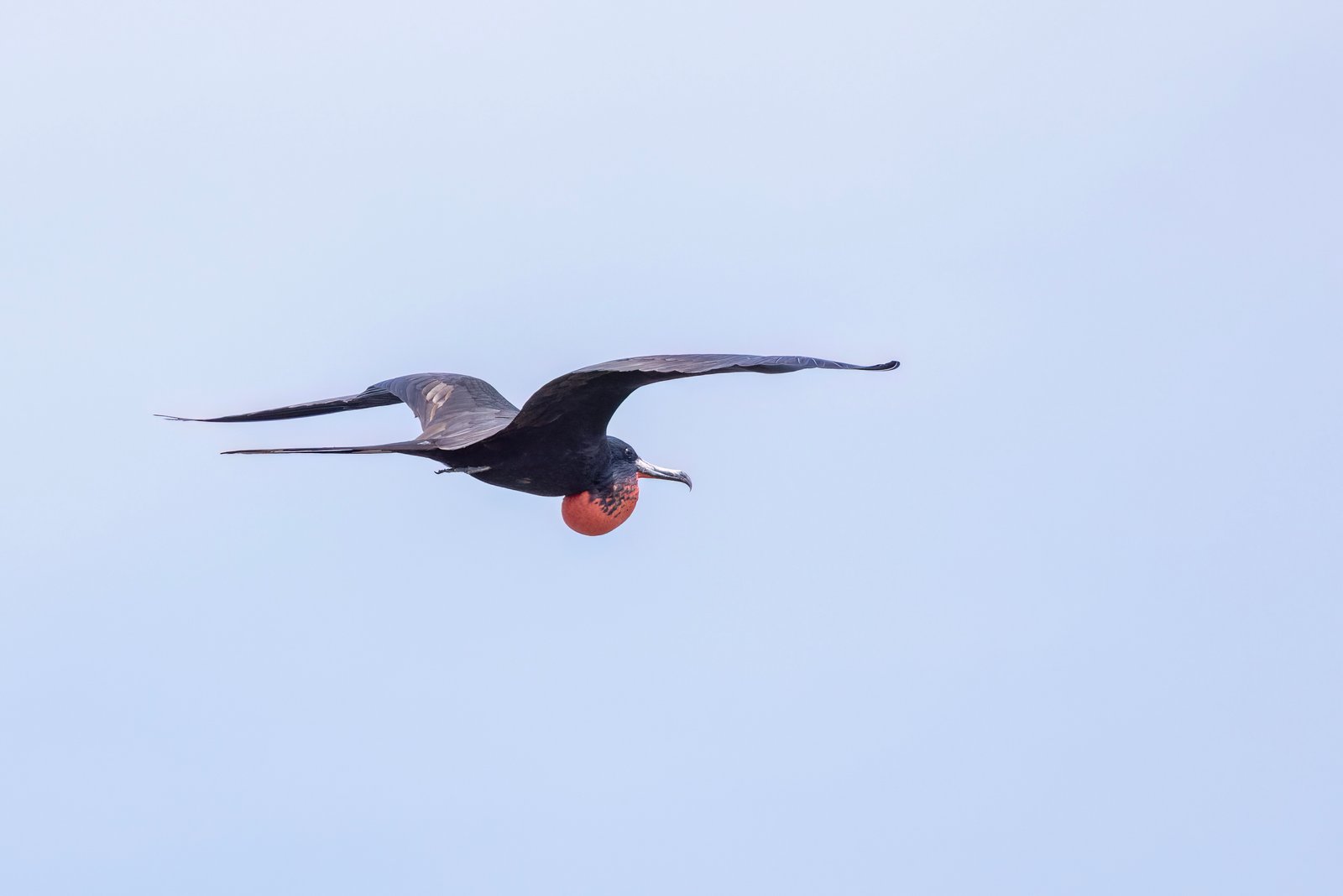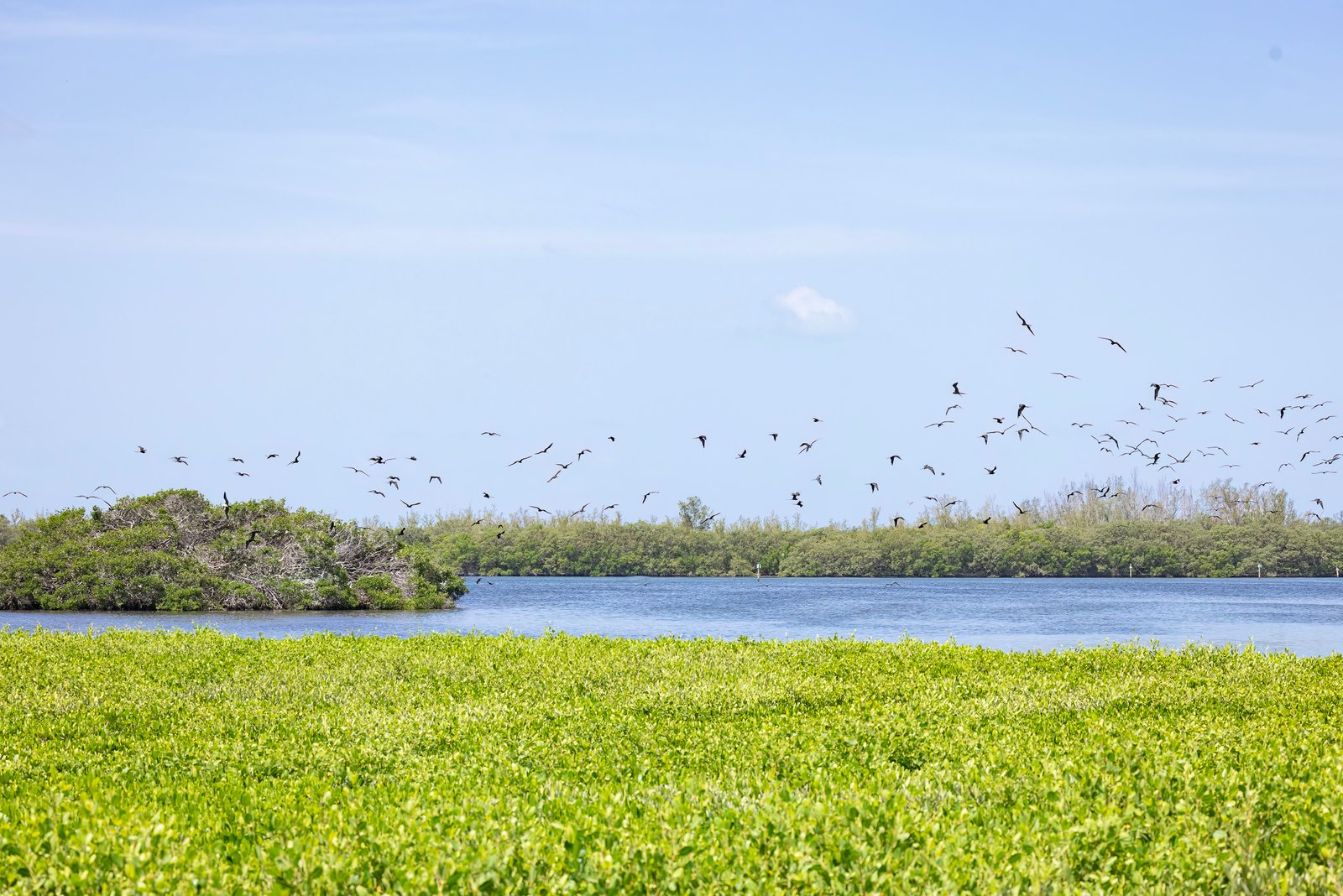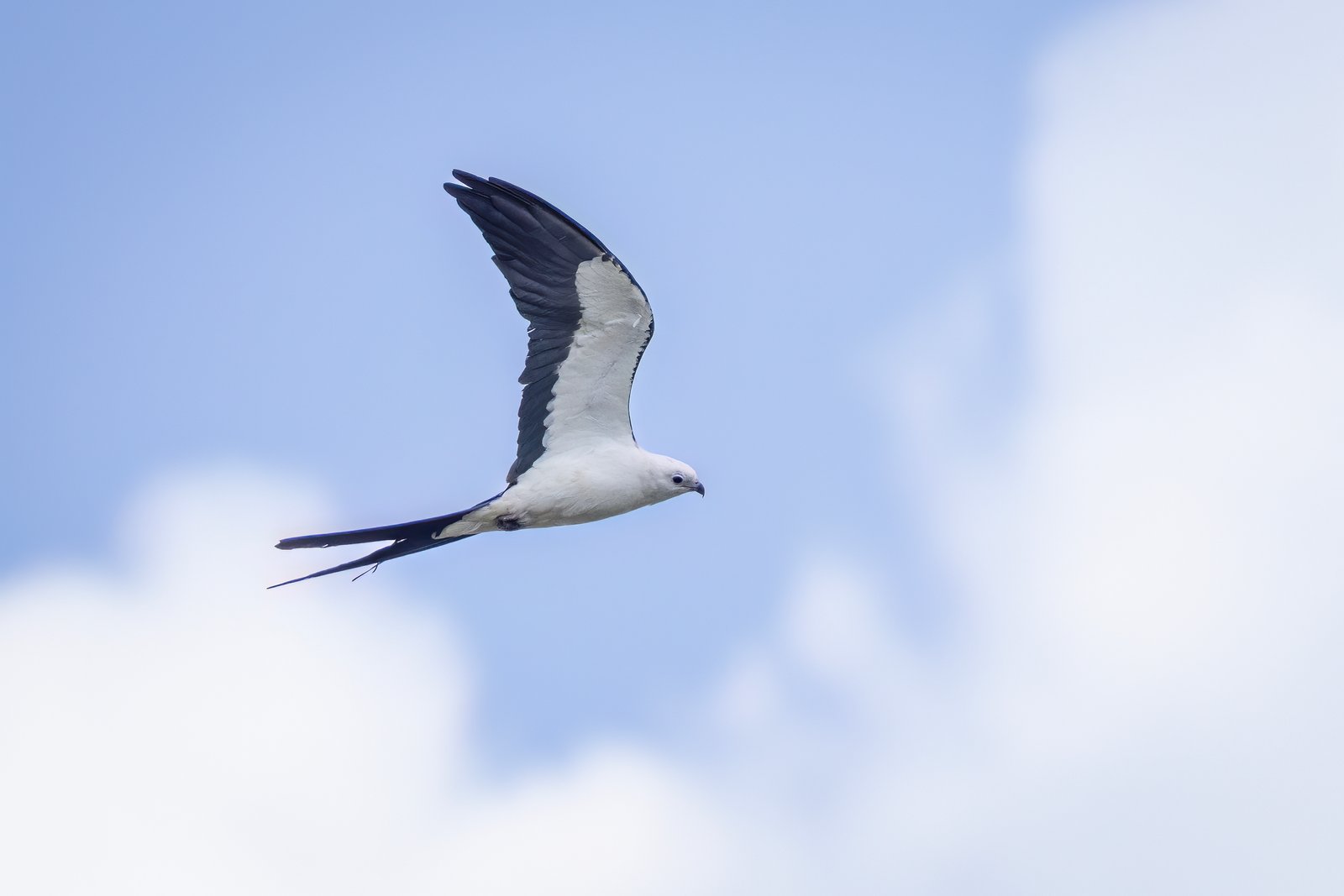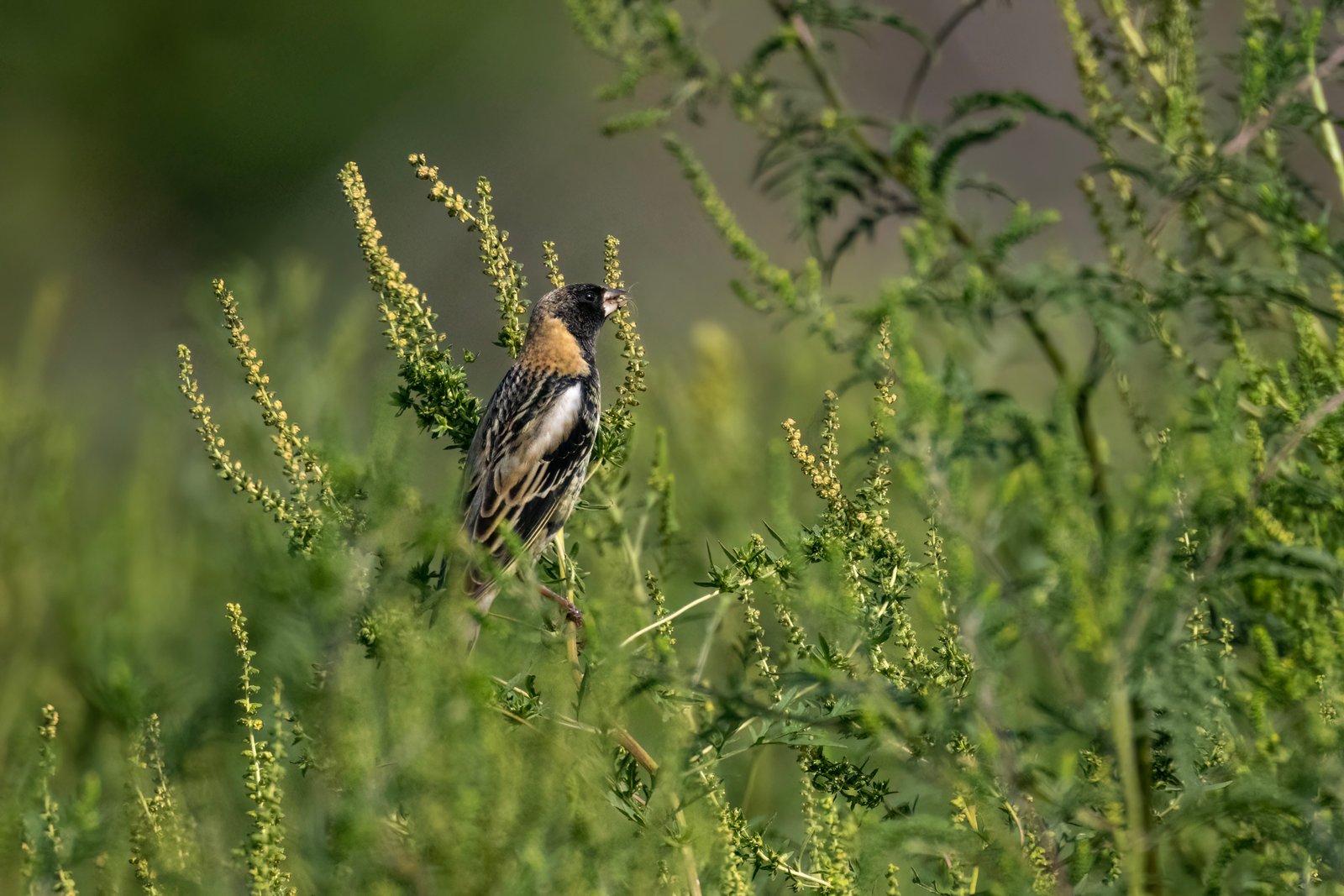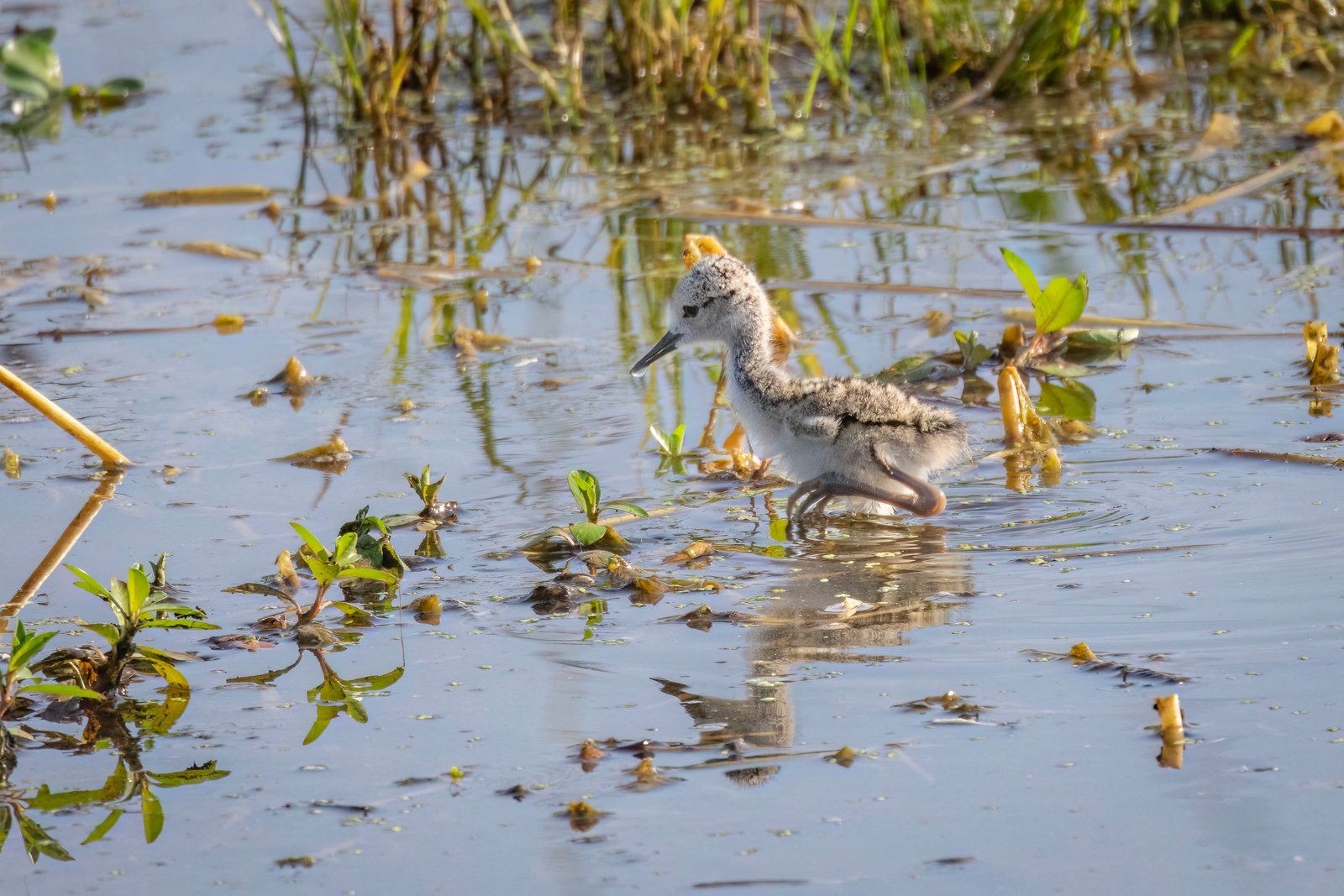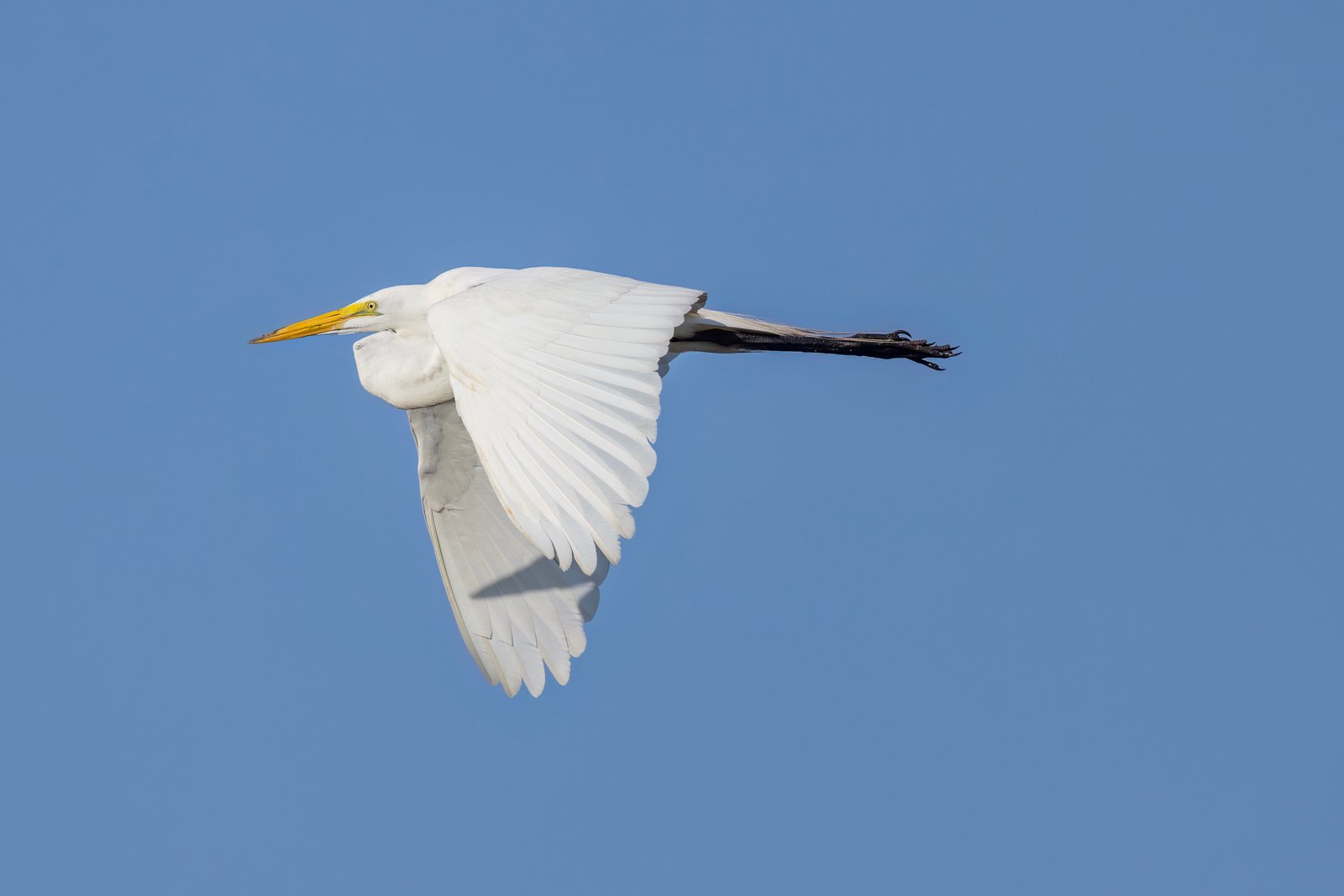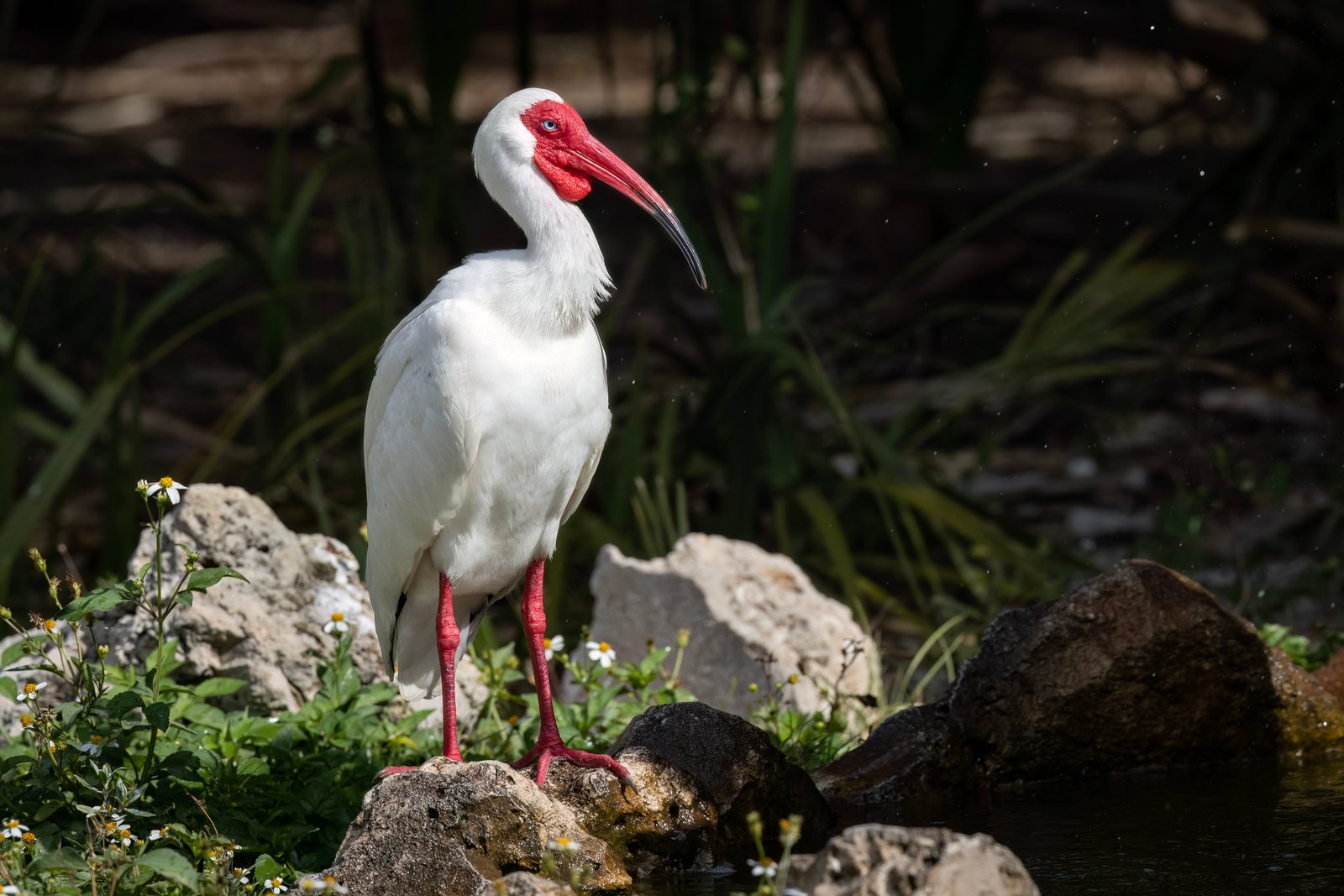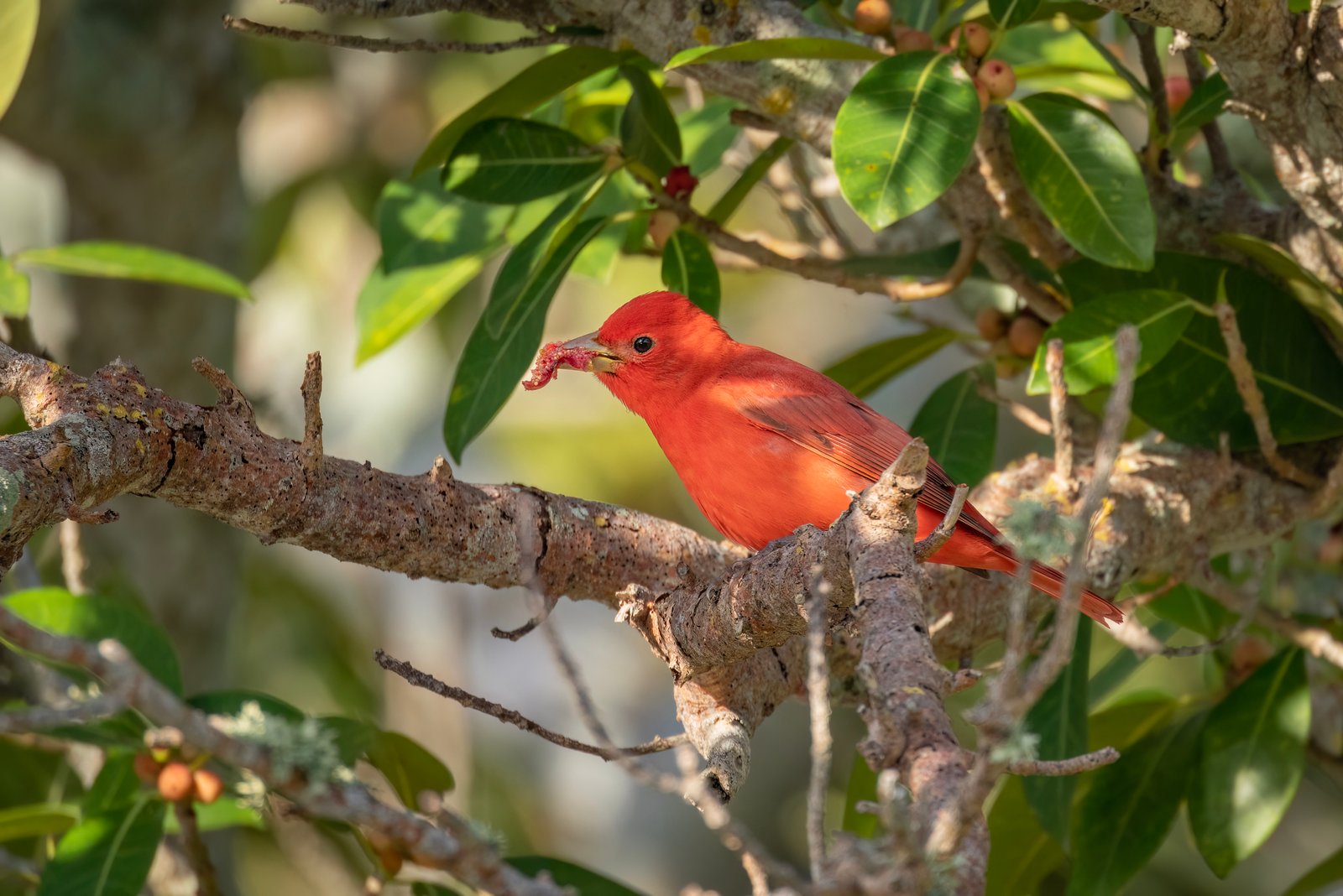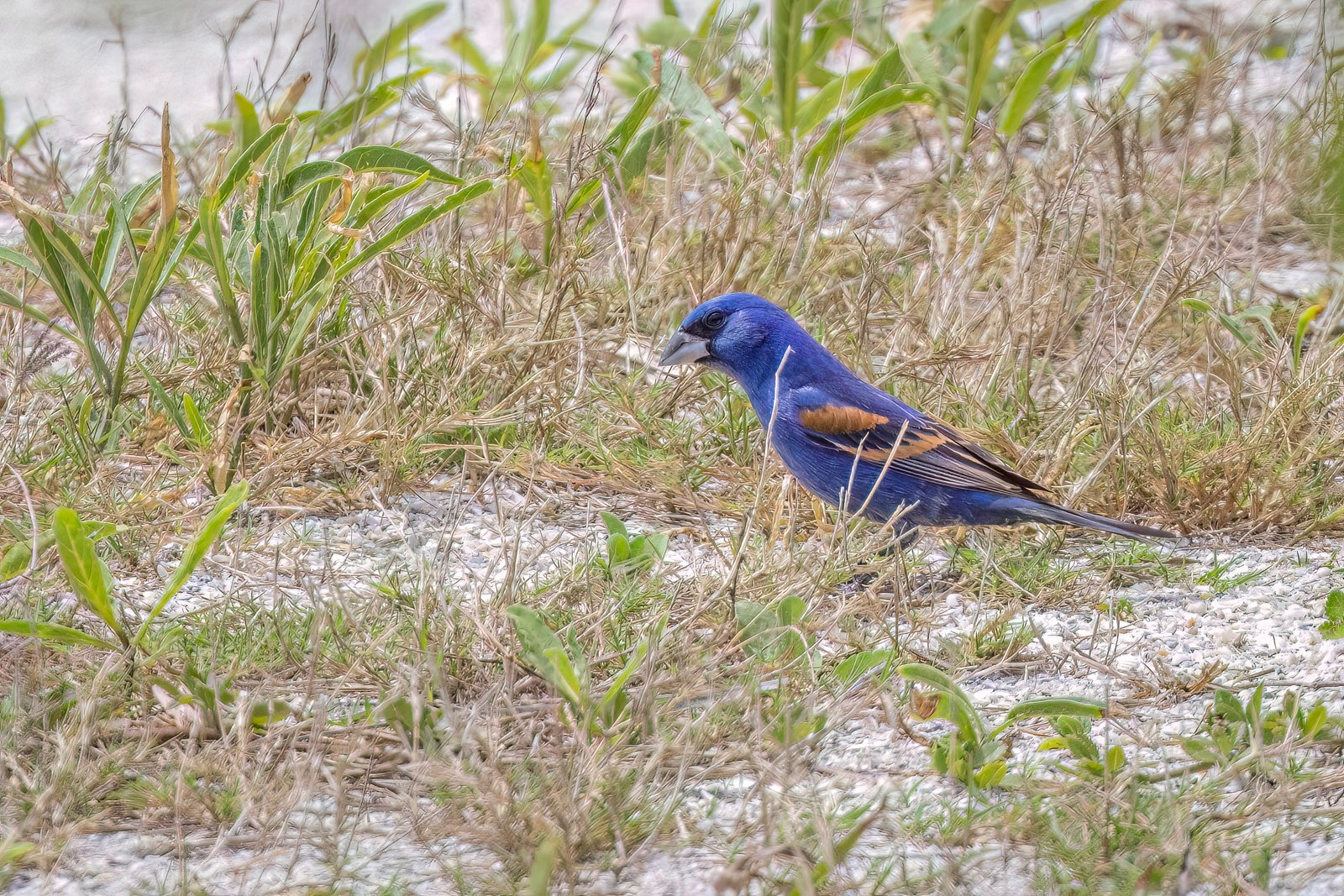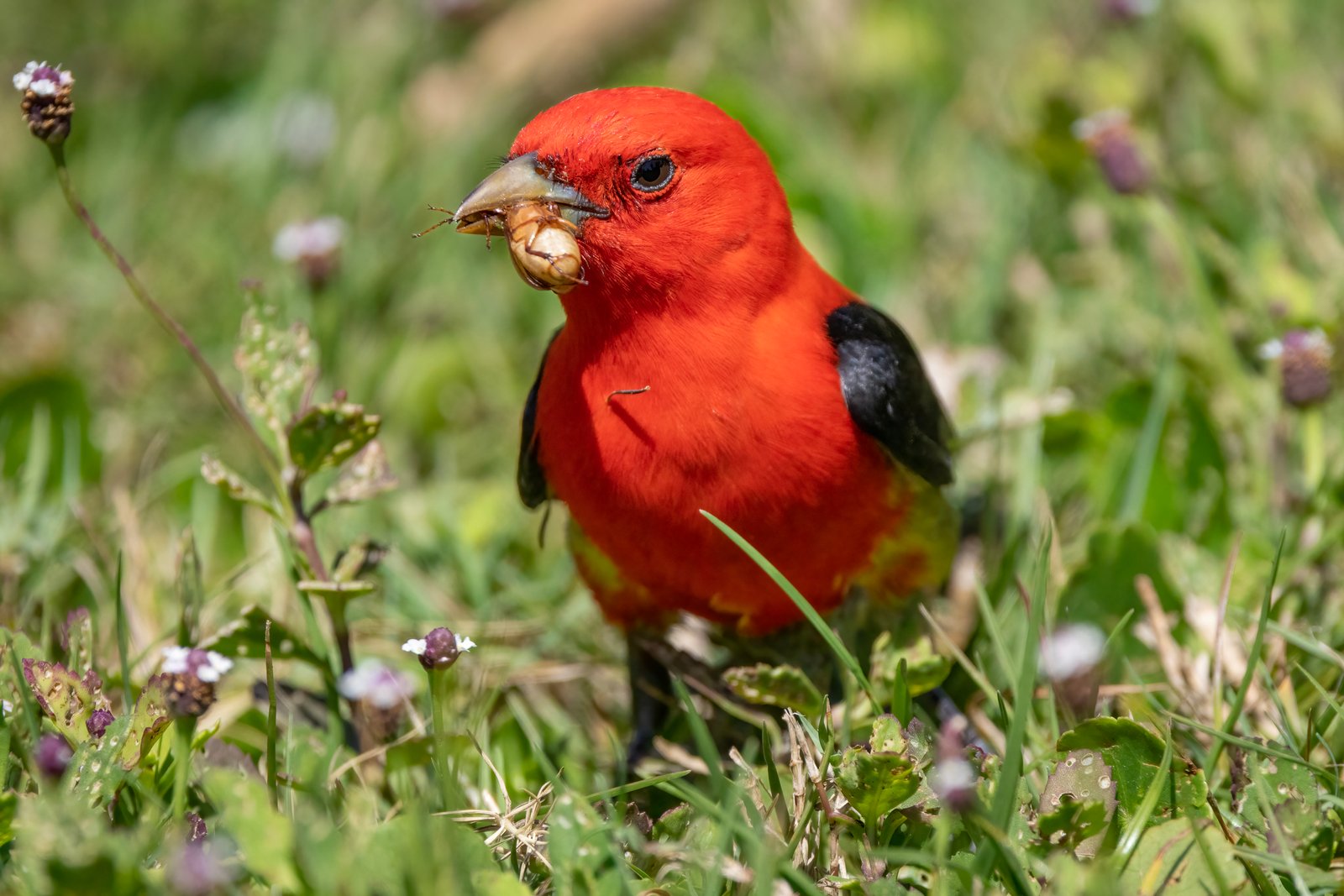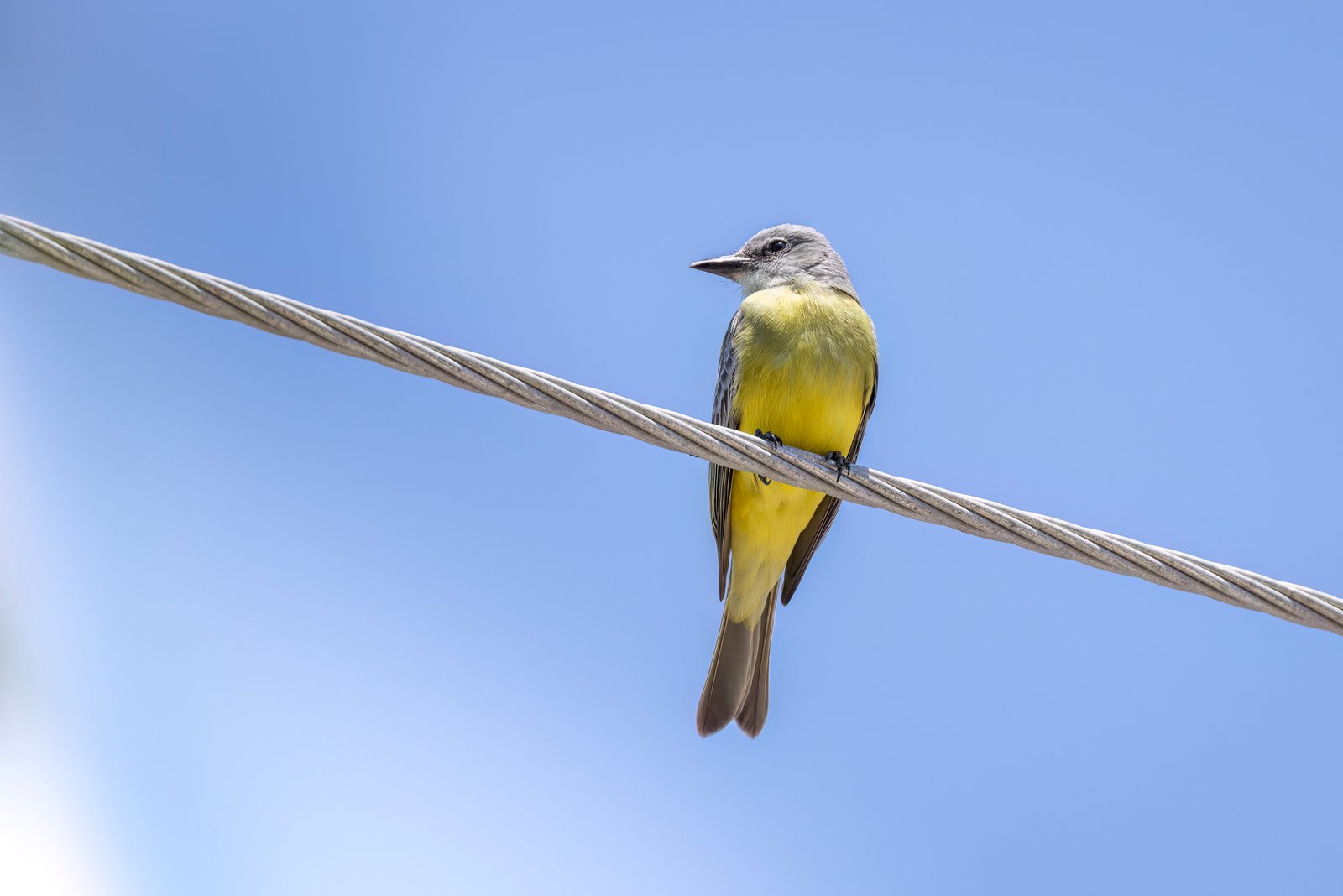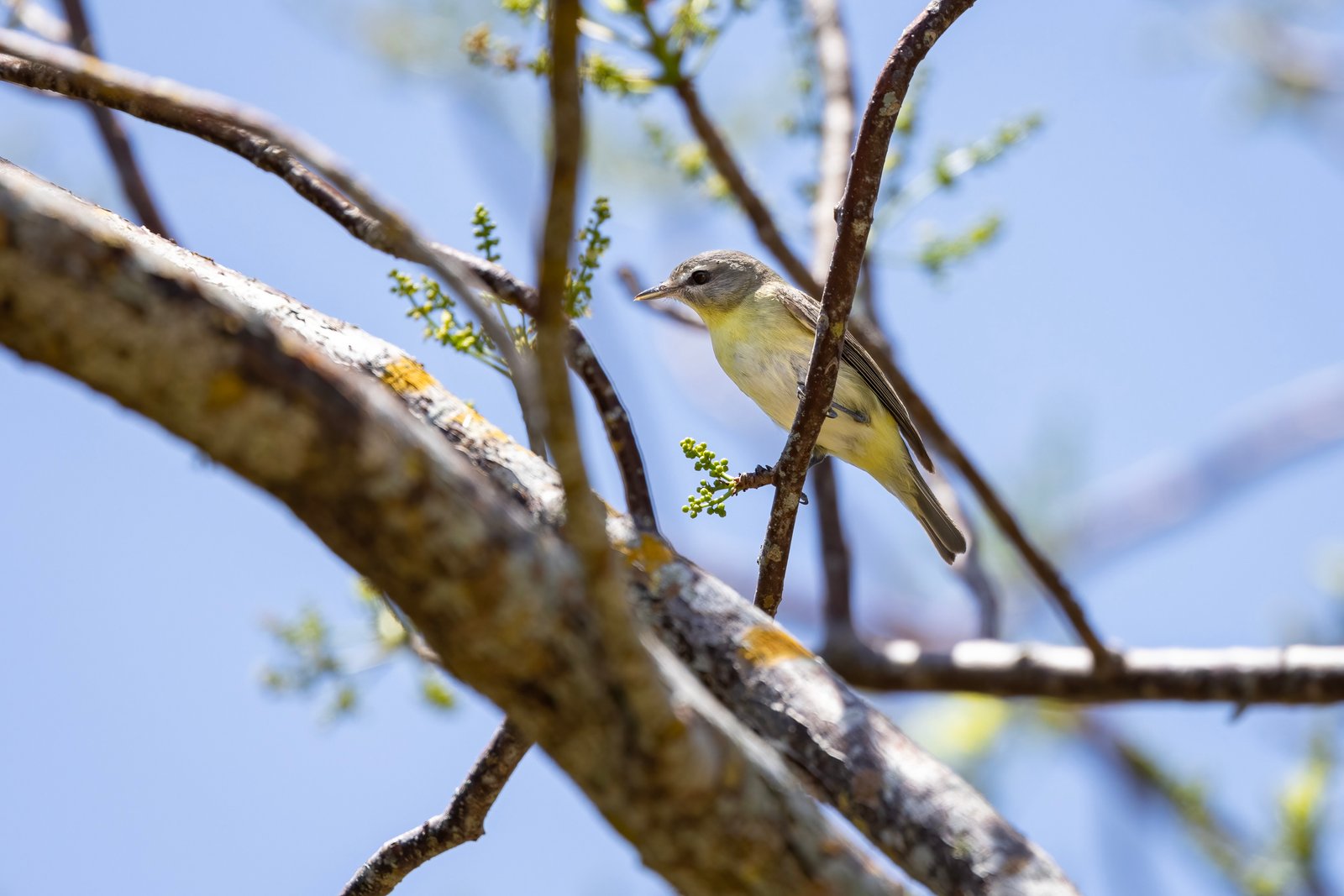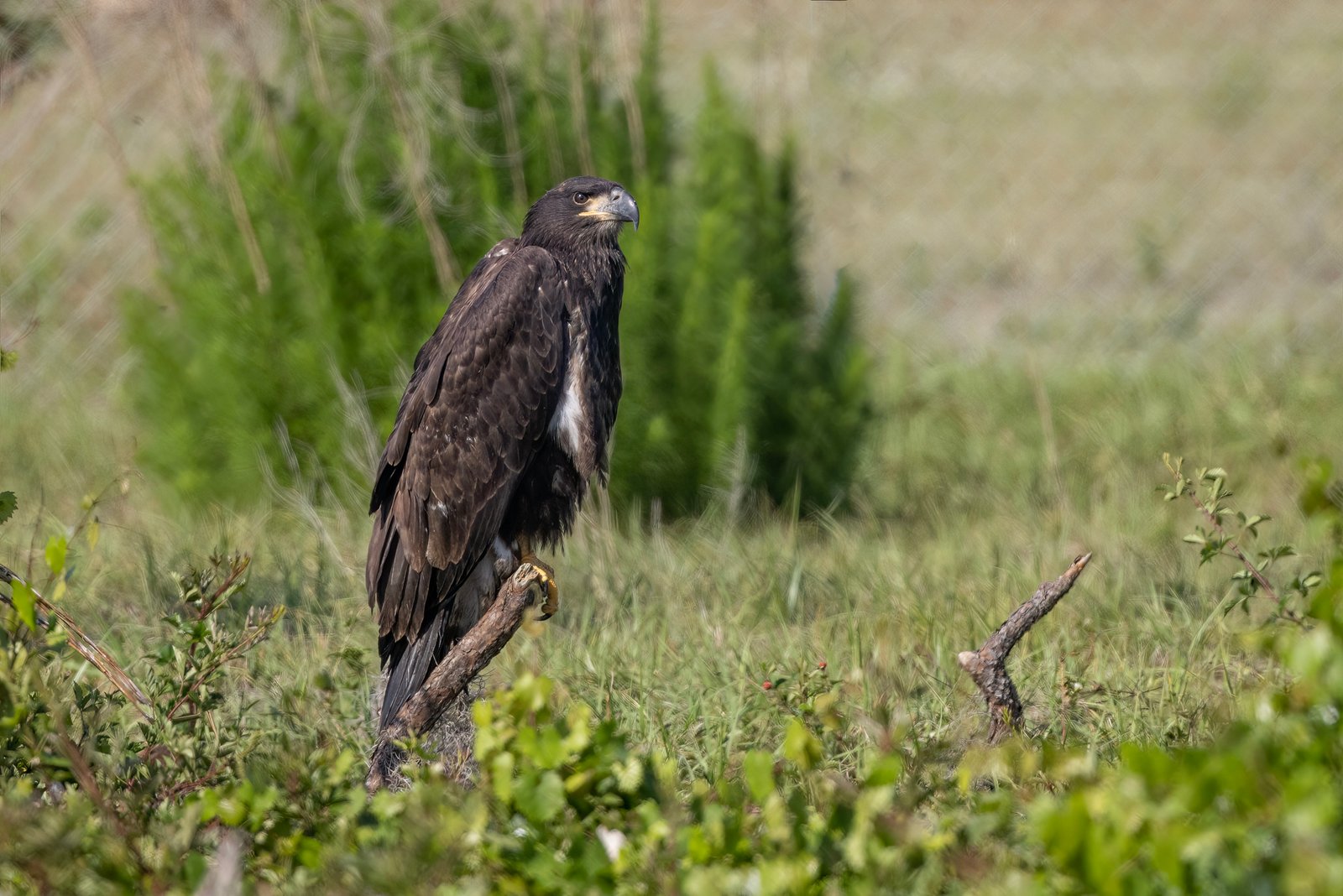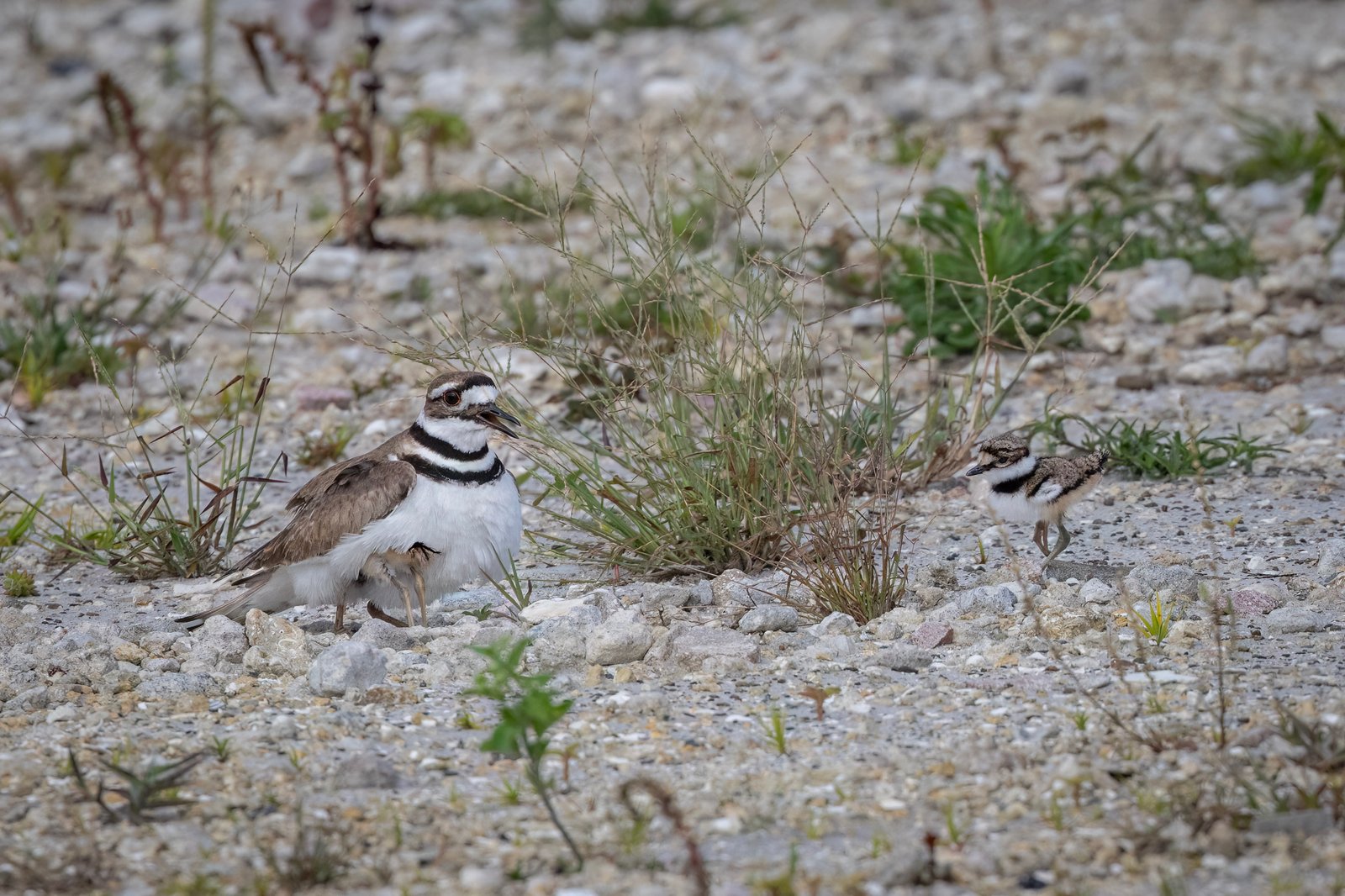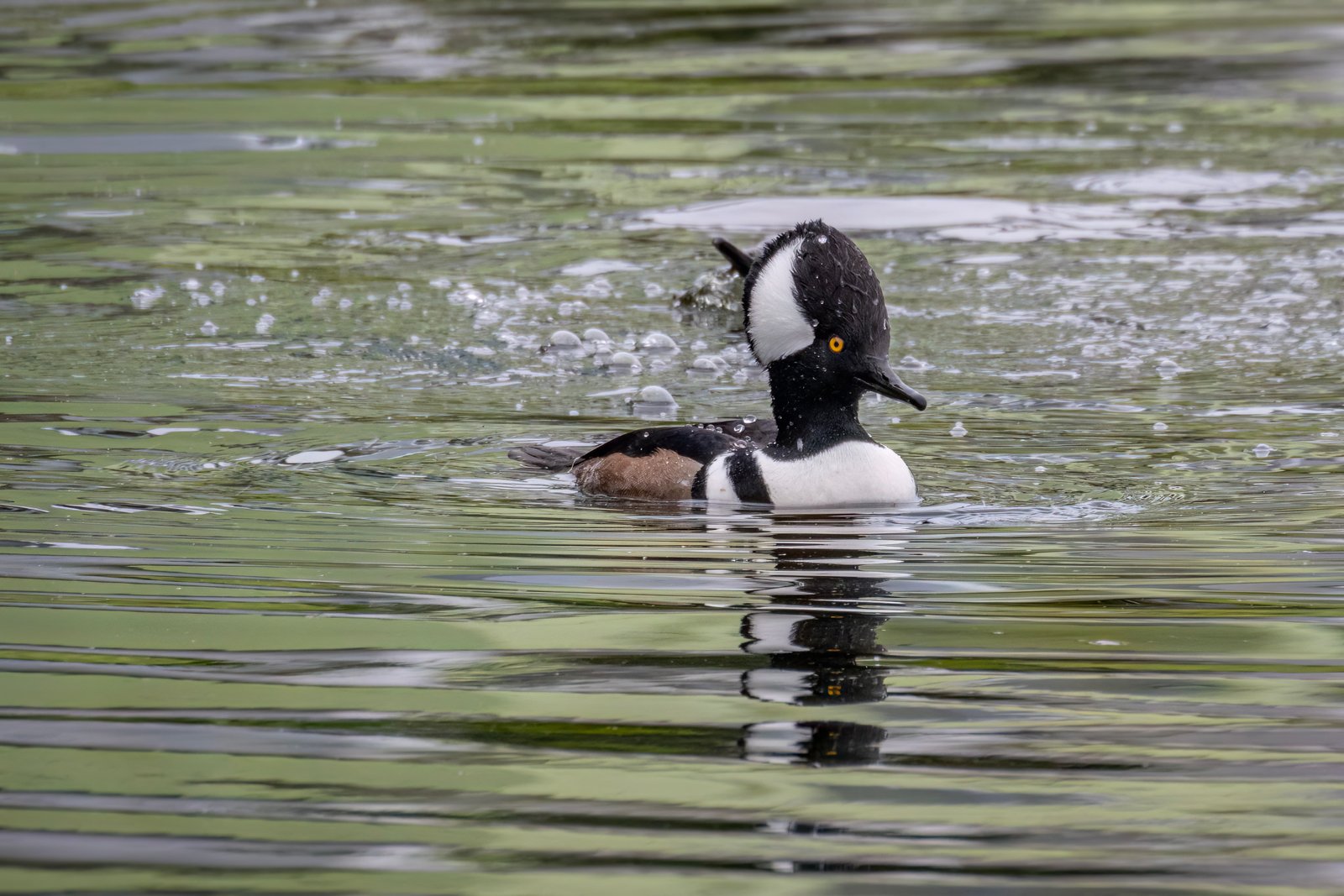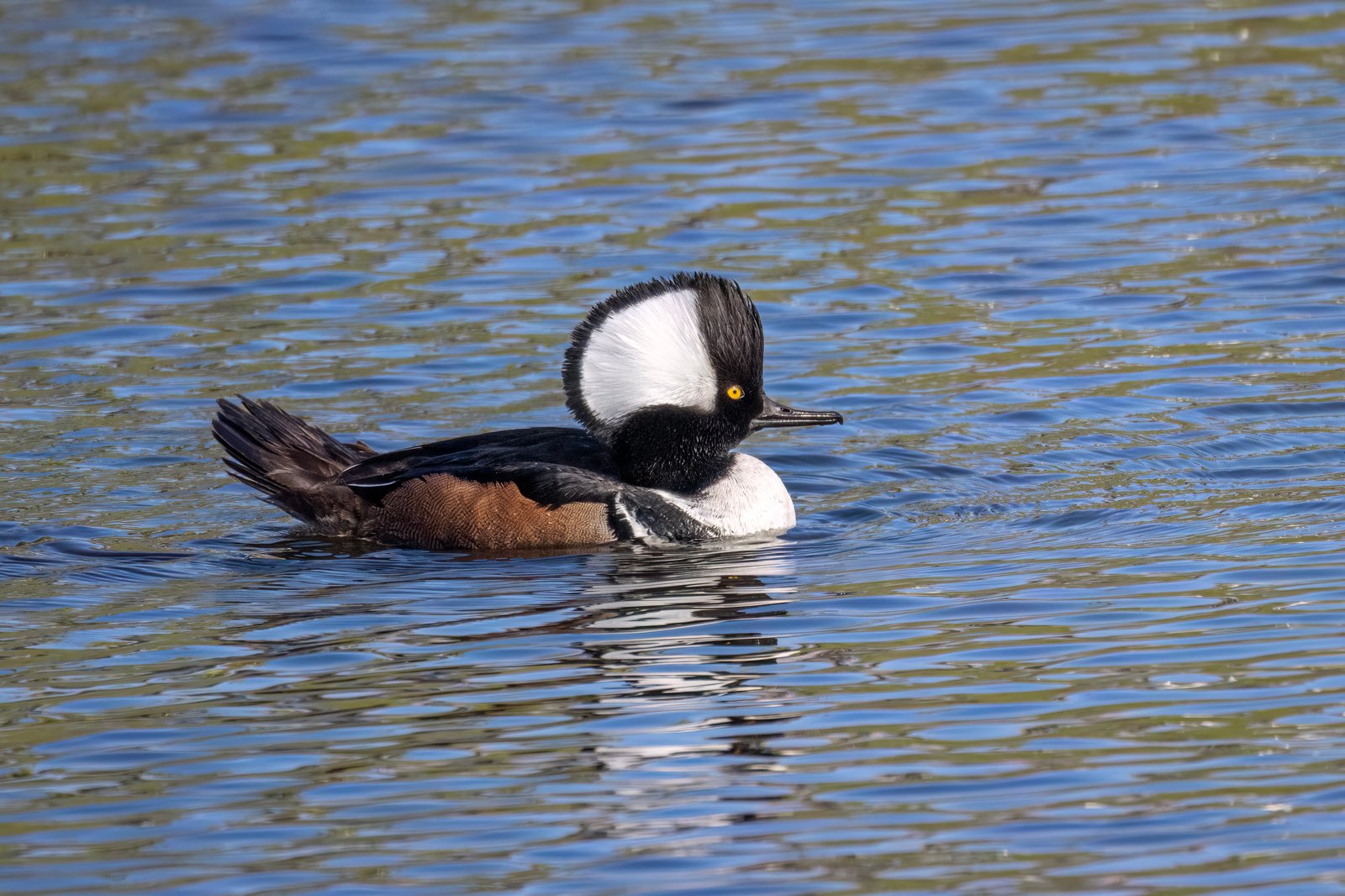Every now and then there is a silver lining to a major hurricane. Despite all the damage that occurred with hurricane Idalia last week, there were some positive things that happened that astonished communities all along the Gulf Coast. For the first time in decades, American flamingos were spotted in several places after the storm. Even though flamingos are often associated with Florida, the reality is that, outside of places of captivity, there are only a few wild flamingos in the Everglades near Miami.
Idalia made landfall in the Big Bend area of Florida on Wednesday, August 30. The following day, a group of 17 flamingos was spotted between Clearwater and St. Petersburg. As word got out about the initial sighting, more reports started to come in from other areas along the coast down to Fort Myers. Speculation was that the birds were carried from their native areas of Cuba and the Yucatan Peninsula when the storm intensified in the region and quickly headed north. There were even reports of flamingos being rescued due to exhaustion.
On Friday, we journeyed out to Fort De Soto Park in St. Petersburg in search of these rare birds. Being connected to the birding community helped tremendously. My friend Art Nadelman was receiving emails and text messages with updates. We checked out several areas in the park and talked with other photographers, but it seemed like everyone was striking out. As we started to head back home, a text came in about a sighting nearby. Apparently, a pair had flown into an area we just left. We found one of the two birds a long way from where we were standing and were able to get some photos.
After hearing that the birds were still being seen in the evening on Friday, we decided to go back to the park the next morning hoping they hadn’t left overnight. It turned out to be a great decision. When we arrived at the park, there was a group feeding in the tidal pools along the beach. But, by Friday night, the flamingos had become one of the top news stories and the park was quickly flooded by photographers and people wanting to see them. It didn’t take long for the masses to get too close to the birds and they flew off. But we got word that they didn’t go too far and were even more accessible. Fortunately, we were able to get great shots.
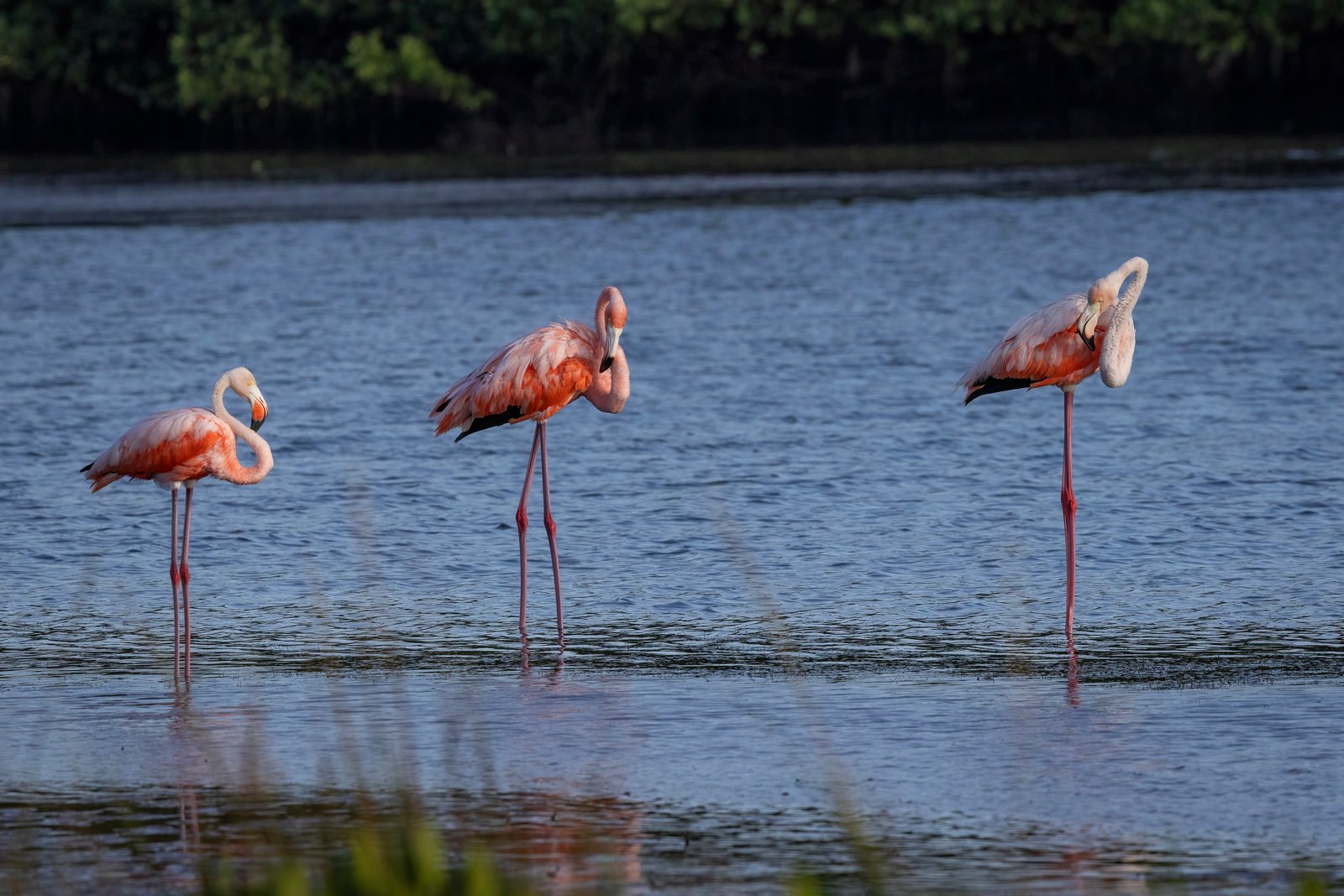
Fort De Soto is a wonderful park. It has miles of beautiful beaches and since its located right at the point where Tampa Bay flows into the Gulf of America, it’s known to birders and photographers alike for its amazing access to so many species of shore birds. One of the most sought after is the reddish egret. I’ve posted stories about these beautiful birds in the past. While my wife Pam was busy shell hunting, I photographed one of the reddish egrets along with a few other birds. And you never know what other critters you may find in the sand and receding tidal pools.

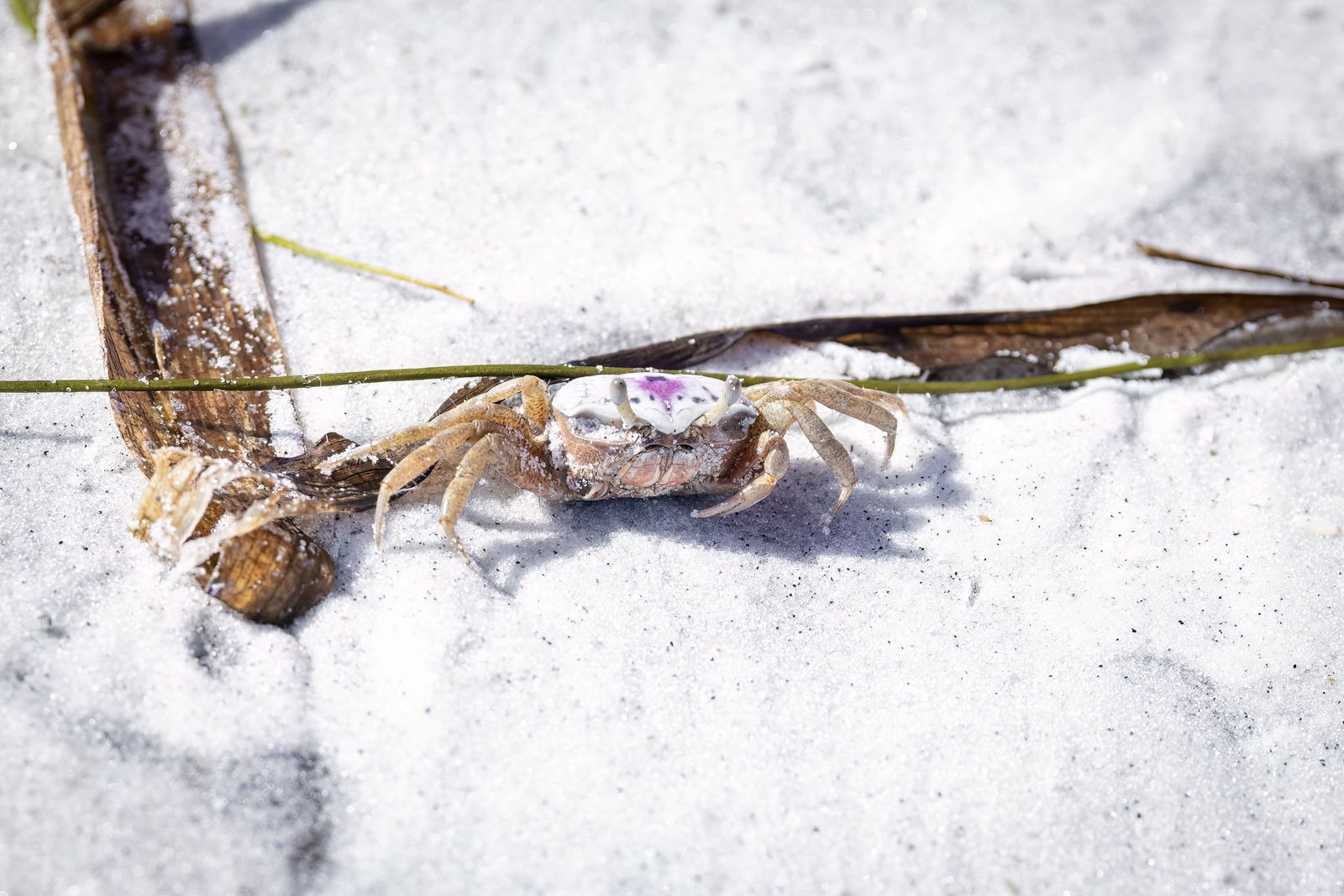
For now, our hope is that some of the displaced flamingos will find our area to their liking and make this their new home. Only time will tell. But as of Monday evening, several were still here. We’re keeping our fingers crossed. I’ve attached a couple of links to recent articles.
- https://www.tampabay.com/hurricane/2023/08/31/flamingos-tampa-bay-tarpon-springs-treasure-island-clearwater-idalia/
- https://www.usatoday.com/story/news/nation/2023/09/03/flamingos-all-over-east-coast-post-idalia/70738375007/
A few more pictures from this journey are featured below. For a larger selection of photos, go to the galleries listed.


